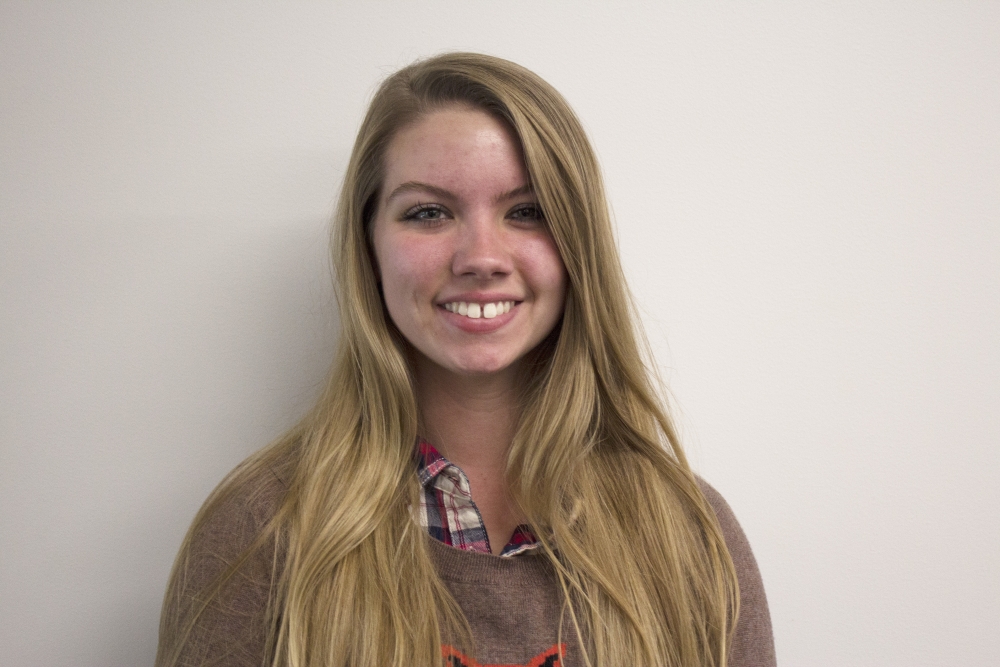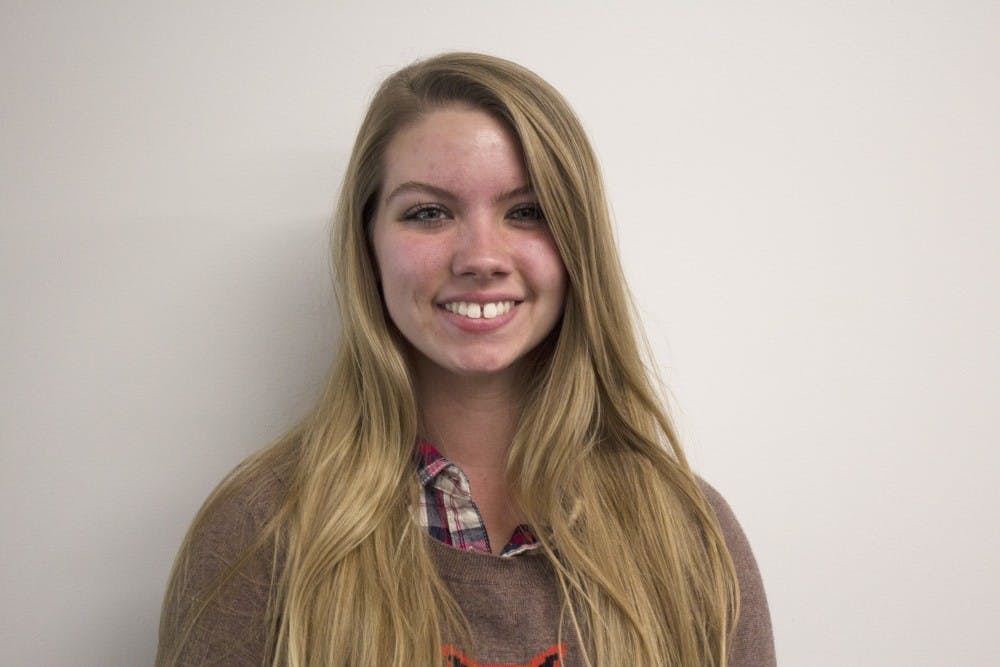Sara Barker is a sophomore journalism major who writes "Barking Up the Wrong Tree" for the Daily News. Her views do not necessarily agree with those of the newspaper. Write to Sara at slbarker3@bsu.edu.
As soon as I saw them, I would ask how their day was. Their responses were always the same.
“Good. Do we get a snack today?”
What else was I expecting four second-grade boys to say after school?
Eventually, I learned that the quick turn-around to the subject of food was my boys’ code for letting me know everything was going well. As their tutor, it was my job to pay attention to their studies and their emotions equally.
 |
|---|
The program I tutored for was called Helping Hands, part of the Youth Assistance Program in Westfield, Indiana, my hometown. The Youth Assistance Program originated in Westfield and spread through Hamilton, Boone, and Wayne counties. There are various youth assistance programs throughout the country, but this one is specific to central Indiana.
The Youth Assistance Program doesn’t just offer tutoring at no cost to the family; it also has family education, mentoring, food assistance, clothing assistance, financial assistance, counseling and camps for local kids.
According to a 2013 press release by the Youth Assistance Program, the organization’s goal is “to identify youth in need of assistance prior to becoming part of the growing juvenile and criminal justice system,” and it “identifies youth heading down the wrong path and provides treatment for the entire family, ultimately ensuring that the child begins heading down the right path.”
So essentially, my job was to keep my 7-year-olds from becoming criminals later in life by teaching them vocabulary words.
All joking aside, the kids in the tutoring program were referred by their teachers either because they lacked study skills, needed help behaviorally or wanted an older friend. As research shows, doing well in elementary school has a significant impact on a student’s life.
According to a study published in 2005 by the Pew Research Center, “Eighty-eight percent of children who are poor readers in first grade will still be poor readers by fourth grade. Seventy-four percent of children who are poor readers in third grade remain poor readers when they start high school.”
When I started tutoring my four boys, I noticed that their reading skills were very poor compared to those of their classmates.
Another factor against my boys was that they are Latino. Latinos made up the largest minority in Westfield at 5.8 percent of the city’s population in the 2010 census, but they are still statistically disadvantaged in Indiana public schools.
According to Nation’s Report Card in 2011, 49 percent of Latino fourth graders in Indiana scored below basic in reading, while only 26 percent of white fourth graders did. The same trend follows suit with mathematics, with 21 percent of Latino fourth graders scoring below basic and 9 percent of their white classmates scoring that low.
The kids, however — niños, as some teachers called them — didn’t let their difficulties in school get in the way of being regular boys. They would finish homework as fast as possible so they could grab the Hungry Hungry Hippos game before everyone else. And they would invite me to play with them only in hopes that they would win against me.
I only met with them once a week, so I never got a very in-depth view of their lives outside of school. I do know that a couple of my boys would not be picked up from before-and-after care until 6 p.m., 10 hours after they arrived that morning.
I didn’t blame them when they asked for a snack.





